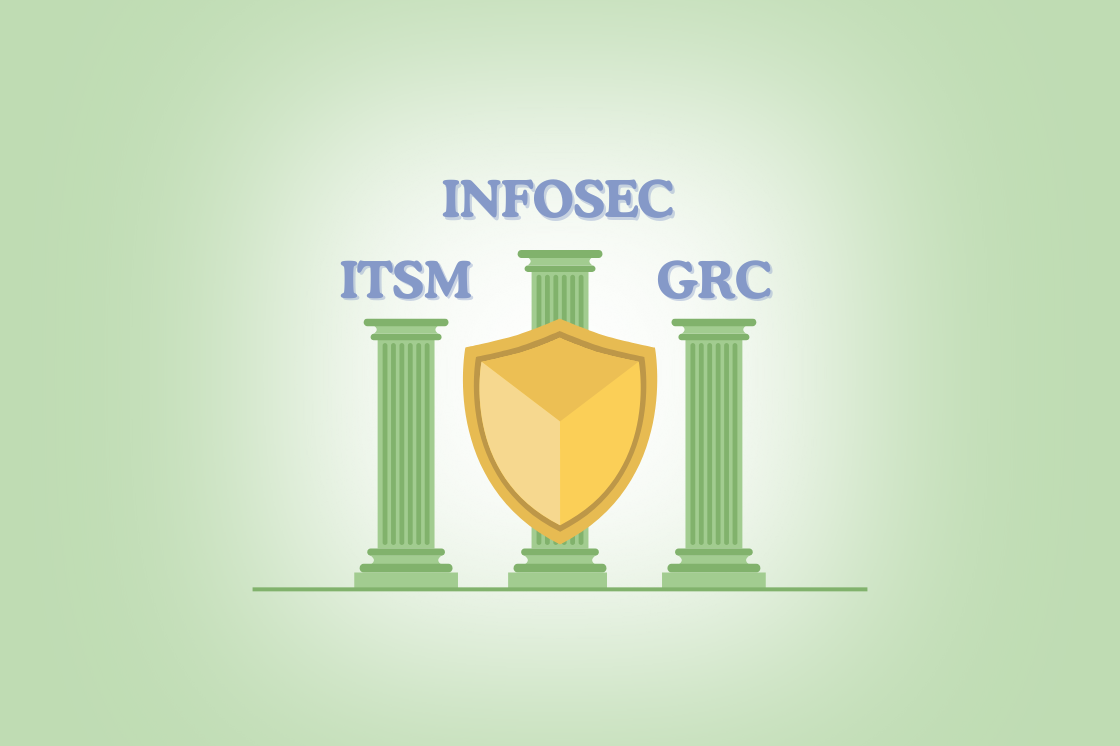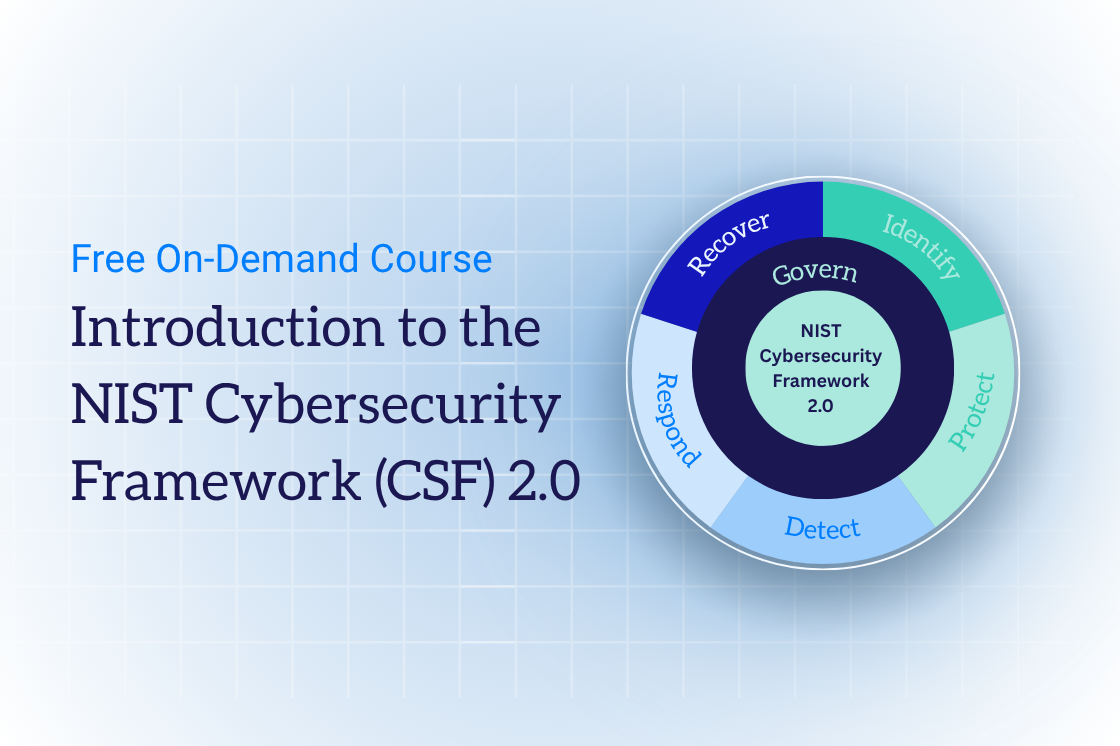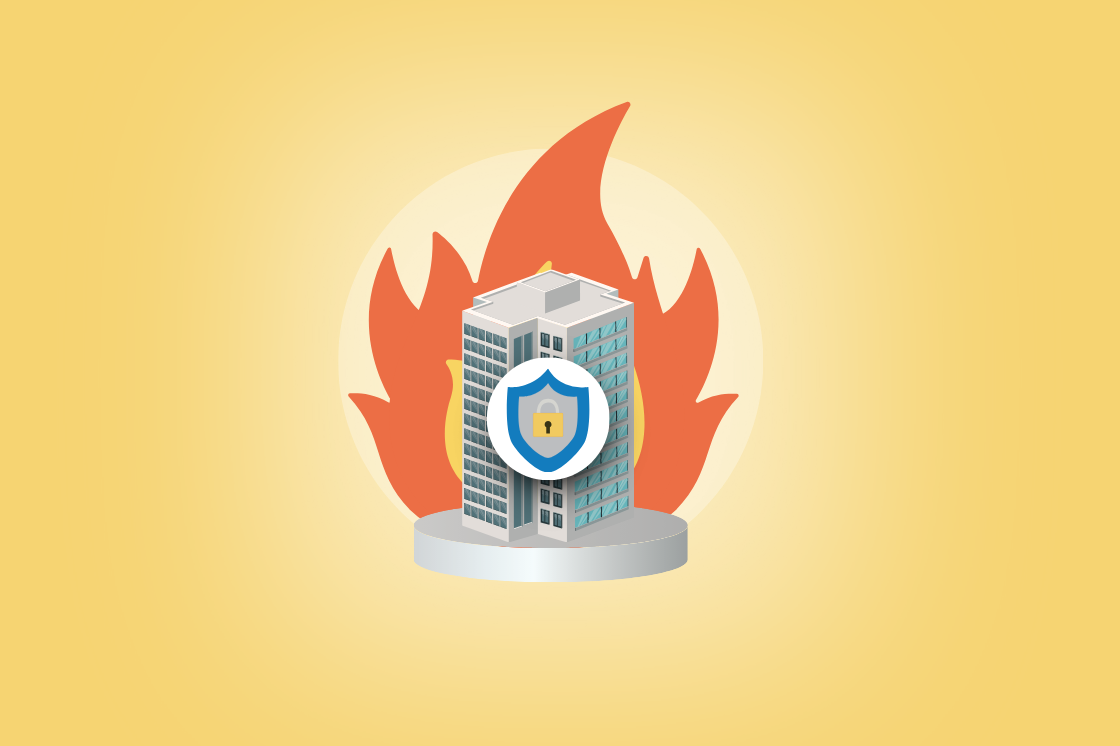Operational Resilience Starts with Assessment: See the Framework in Action
Operational resilience is critical for organizations facing regulatory pressures, operational disruptions, and reputational risks. While many understand why resilience matters, few have a clear, repeatable method to assess it.
In a recent webinar, David Mainville shared a scalable framework for assessing operational resilience. Here’s what you need to know.
Why Assessment is the First Step
Think of operational resilience like a journey. you wouldn’t hike without a map. Assessments provide that map by showing:
- Where you stand: Understand current strengths, gaps, and risks.
- What to do next: AI-enhanced reports produce heat maps, risk scores, and actionable roadmaps.
- Speed and consistency: Conduct repeatable assessments without spreadsheets or guesswork.
Regular assessments also create a trail of progress for audits and continuous improvement.
Multiple Frameworks, One Goal
Organizations face a tangle of frameworks, DORA, NIST CSF, ISO 27001, PCI, SOC 2, HIPAA, HITRUST, and more. While the frameworks differ, they all focus on the same foundational pillars: risk management, governance, incident management, infrastructure protection, and supplier oversight.
Failures are often not about technology, they stem from gaps in people and processes: outdated firewall rules, untested recovery plans, or unclear roles.
Navia: Simplifying Assessments
Navia’s Operational Resilience Assessment platform addresses these challenges:
- Automated distribution and tracking: Assign questionnaires, collect evidence, and monitor progress.
- AI-enhanced reporting: Surface risks, recommendations, and actionable roadmaps.
- Repeatable methodology: Assess once or regularly for a 360° view of resilience.
- Empowered teams: Internal teams and consulting organizations can self-assess efficiently.
A 360° Perspective
Navia combines three lenses:
- Regulatory: Compliance requirements like DORA.
- Cybersecurity: NIST CSF’s Identify, Protect, Detect, Respond, Recover.
- Operational processes: Such as asset management, change management, incident management, problem management, supplier management, service continuity management, and more.
Linking processes to framework requirements ensures audit readiness and operational maturity.
The Benefits
Using Navia, organizations can:
- See their resilience position clearly across frameworks.
- Spot risks and critical gaps quickly.
- Reduce manual effort, duplication, and cost.
- Move forward with confidence through targeted recommendations.
- Enable teams to self-assess and maintain audit readiness.
Key takeaway: Operational resilience begins with assessment. With Navia, organizations gain a clear map, actionable insights, and a repeatable path to strengthen resilience across people, processes, and technology. Learn more or schedule a demo.



